As the calf was born in August, I’ve named him Augustus, Gus for short.
|
Our 2015 calving season began with the birth of a fine baby bull to First Calf Heifer #65 sometime during the night last Saturday. When Bill found the pair Sunday morning, our new mama had cleaned him up so he was dry and looking for breakfast. FCH #65 is a good mama!
As the calf was born in August, I’ve named him Augustus, Gus for short.
0 Comments
How much does one of these large round bales weigh? We’ll get to that later. But first, let’s bring them home from the field. I’ve taken photos of this process in the past. But, I didn’t have anything better to do while Bill loaded the bales on the hauler, so here are more photos. For this shot, I stood in the bed of the truck against the cab. Bill stabs the bale with the bale fork on his tractor, lifts it up, then motors over to the hauler. As he approaches the back end of the hauler, he lifts the bale at an angle, pulls in close and sets it down. Then he roars off to get another bale. When he returns, he sets the bale on the rails and pushes it forward until the front end of the tractor is at the rear end of the hauler. He’ll repeat until there are seven bales loaded. Now it’s time to go home and dump the load. Unless this is the last load, Bill will drive and I’ll ride shotgun. But for the final trip, I drive, Cricket rides shotgun and Bill follows on the tractor with another bale on the fork. On this particular evening, a storm was moving in from the southwest. When we got home, I grabbed the camera and headed to the end of the driveway to catch some photos. Now, let’s weigh a bale. Actually, we’d already done the weighing earlier when Bill was calibrating the baler computer to figure out what diameter of bale to program. The previous owner of this farm had a scale, but Bill hadn’t seriously used it until now. He set a bale on the platform. The actual scale weights are housed in a metal box with a drop-down door. You can just see the top of the box over the bale. Now, here’s the cool part—the scale works just like those at the doctor’s office (non-digital variety). So, how much did this bale weigh? 1,150 pounds! Bill decided he wanted to check the accuracy of the scale, so he asked Cricket and I to step onboard with the bale. Then, he asked how much I weigh. I mentally subtracted five pounds and told him. So did Cricket! He adjusted the weights to balance the scale and arrived at a total very close to the bale weight plus mine and Cricket’s. “Very close” was good enough for him. He’ll never miss those ten pounds!
Hay season is over for us…finally! With the frequent rains and high humidity, getting hay put up dry has been a challenge requiring almost precision timing. Bill has the National Weather Service phone number on speed dial! Not that we’re complaining about the rain this year—not after a couple years of drought. Bill has a different round baler this year and it will do either twine tie or net wrap. His old one was twine tie only. The debate between net wrappers vs. twine tiers keeps farmers and ranchers entertained during rainy days:
The “net” result, in Bill’s opinion, is net-wrap wins hands-down! I did a ride-along with Bill to watch the baling process on-screen from the tractor cab. Yes, it’s computerized! This is a shot of the screen while hay is being pulled into the baler. There are two columns that represent the right and left halves of the bale-to-be. The goal is for both columns to fill evenly so both halves of the bale will be the same size instead of lop-sided. This shot is blurred due to the bumpy ride—I was using both hands to steady the camera while trying to balance myself to avoid falling across Bill's lap and hitting numerous levers, some hydraulic, which would result in too many disasters too horrible to contemplate! Also picked up some serious glare on the screen. The number in the lower right corner of the screen represents the desired diameter of the bale and Bill has it preset to 57 inches. When the magic number is reached, an alarm screeches that signals Bill to stop and let the bale wrap. The little bale icon in the center on the left side of the screen below indicates the bale is wrapping. When the wrapping process is complete, a different little icon appears on the left side of the screen to indicate the baler is ready to eject. This was a different bale than the last photo. See where the diameter gained a half inch? While I was waiting for bales to wrap I amused myself by taking pictures out the front of the tractor... …and out the back, looking down behind the tractor at the hay being raked into the baler. Notice the double wind row of cut hay in the view out the front of the tractor. Unfortunately, I don't have an action shot of the rake that sweeps the cut hay into this configuration. Maybe next year. Little square bales require only a single wind row. Thanks for the ride, Bill! Now, let’s go see what the process looks like from outside the tractor. It’s not really much different than watching a twine tie bale eject. The back of the baler rises, the bale rolls out… …and gets a kick in the butt to roll away from the baler so the top doesn’t come down on it. Voila! A net-wrapped bale! For comparison, here are some twine-tied bales: See how neat and tidy the net-wrapped bales are? Although that’s not really the issue here! How much does one of these bales weigh? We’ll look at that soon in... Tipping the ScalesHere is this summer’s Junque Garden: We planted fewer containers this year and added some new items: a few treasures we found at the Sparks Flea Market in May and a couple I found in Topeka. I found these three blue and white swirl enamelware pie tins at Sparks last year. This child-size wheelbarrow was a Sparks find this year. This cool weather vane was the special find at Sparks that not only spoke to me, it “mooed!” The concrete yard art cardinal was a First Friday Art Walk score in North Topeka. The barbed wire “flower” came from the Craftee Crafters Craft Mall on North Topeka Boulevard. My glass garden “bed” features the glass garden totems I make and a “bottle bush,” a shorter counterpart to my bottle trees. The ends of the bed are two headboards and one footboard from old iron bedsteads. The side “rails” are the wood cross pieces from old telephone poles with glass insulators. Other whimsical items include a couple of tin flowers and an ear of corn, parts off yellow and green farm equipment, croquet stakes and balls and Jerome the Gnome, garden overseer. These hanging containers are large funnels, a couple of which we scavenged from our farm, and suspended by chains from old pulleys. This cute enamelware bucket came from an antique shop in Alta Vista when I gave a book talk at the Ag Heritage Park last year. “Raspberry Blast Supertunias” cascade over the top. I’ve already found a couple of items for next year’s Junque Gardens, and have an idea for a project I’ll work on over the winter. Hint: The project starts with the old gate in the first picture. It's leaning against the house under the lower right corner of the window. |
Archives
September 2019
Categories
All
|

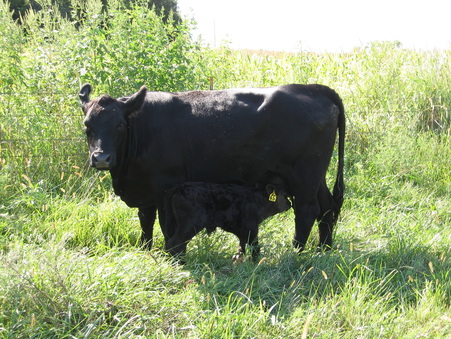
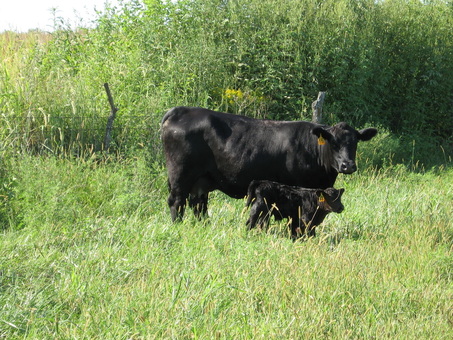
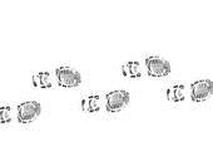
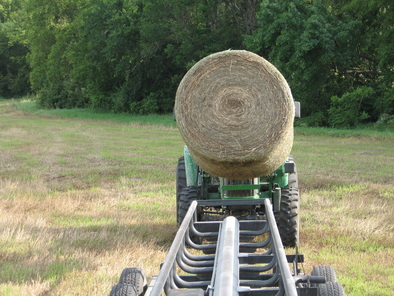
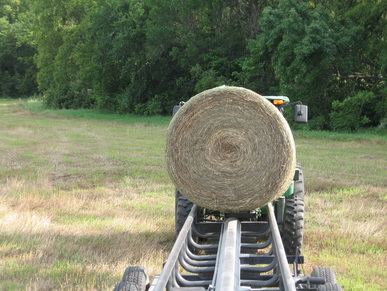
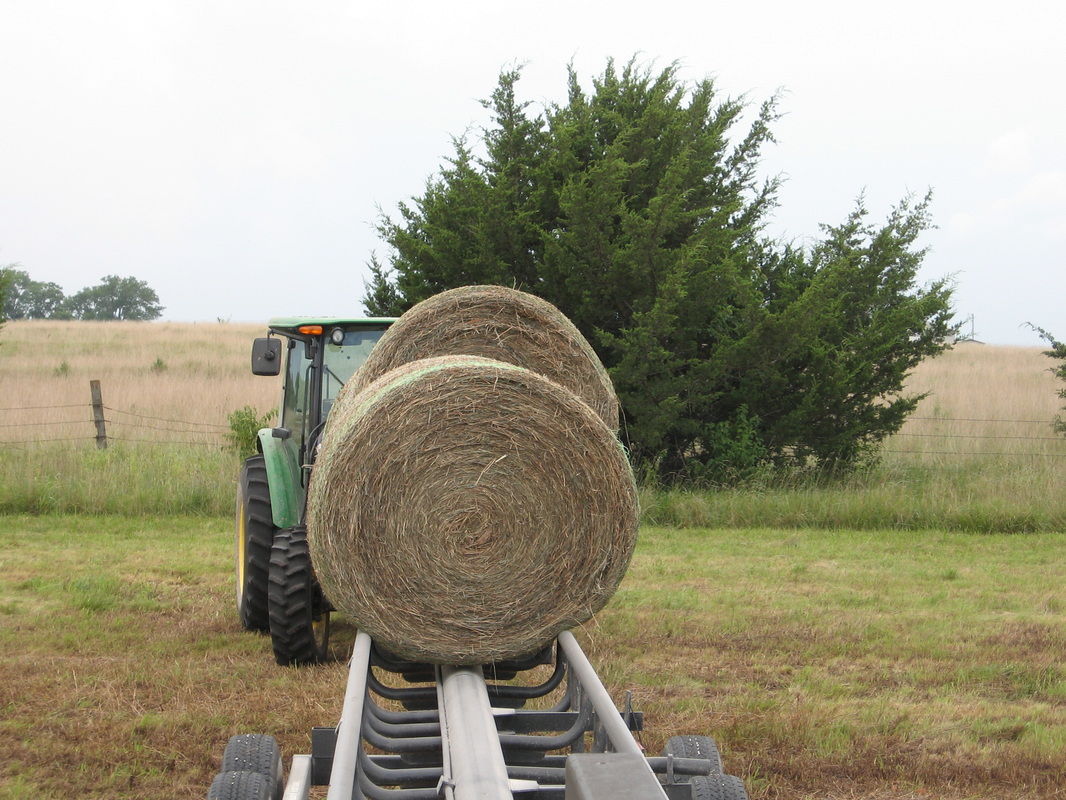
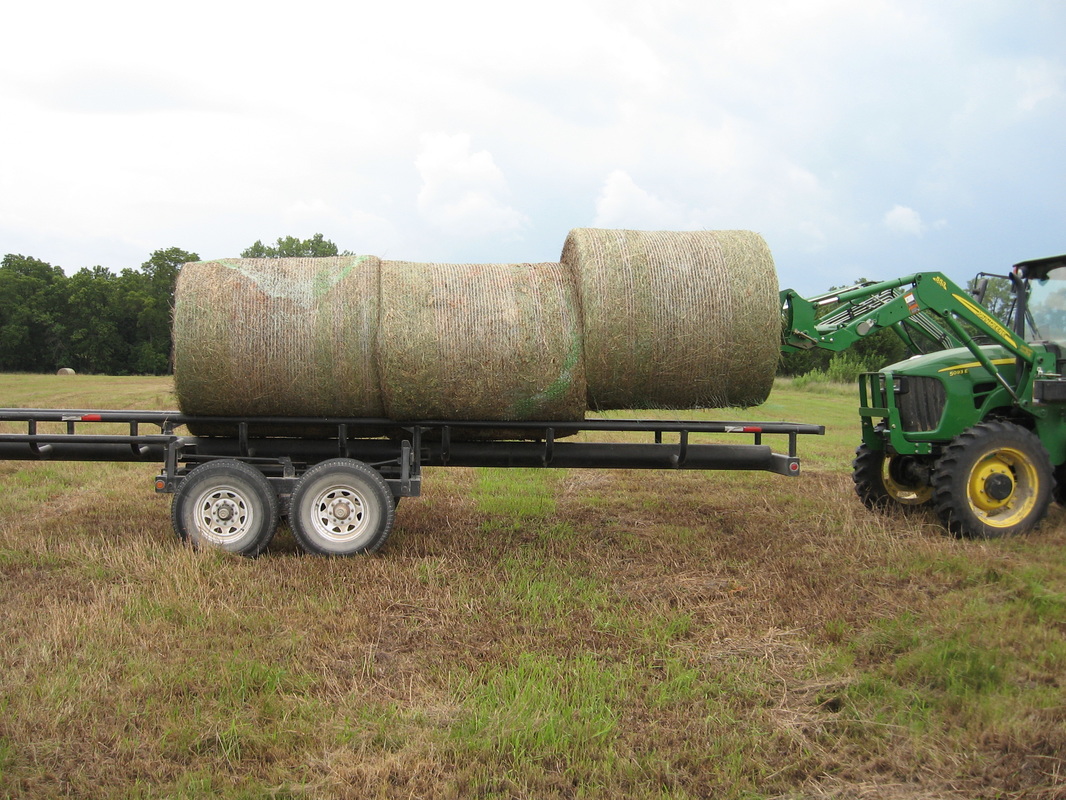
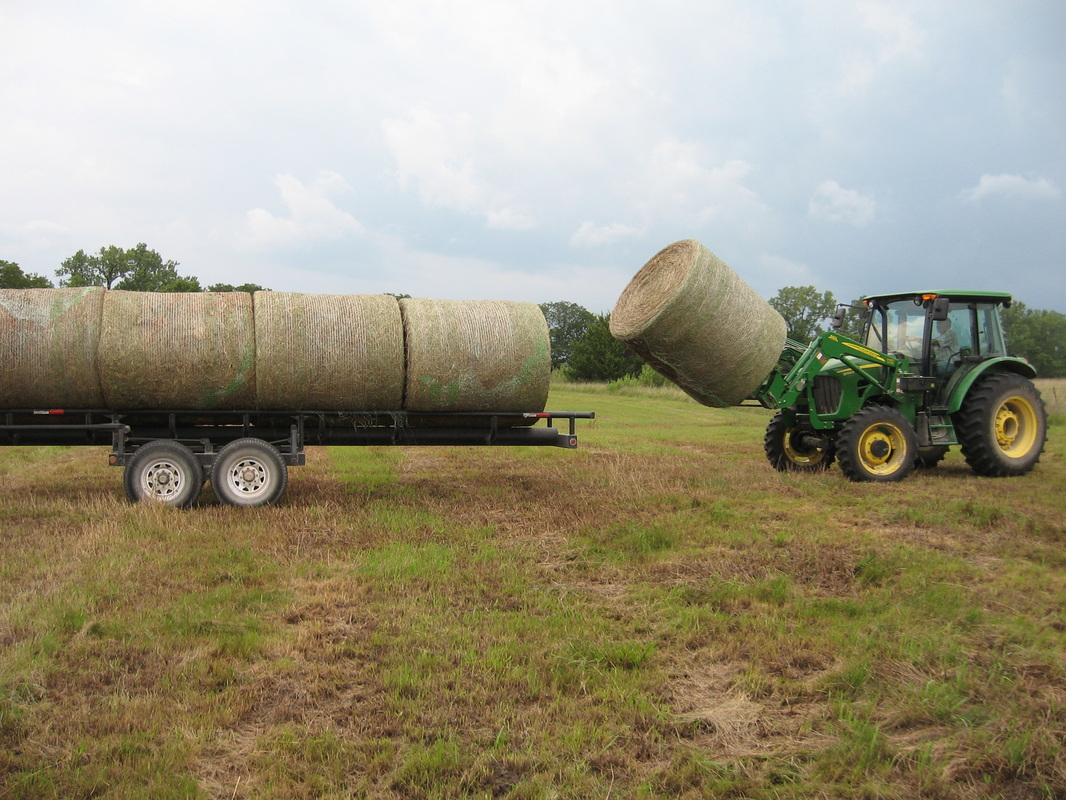
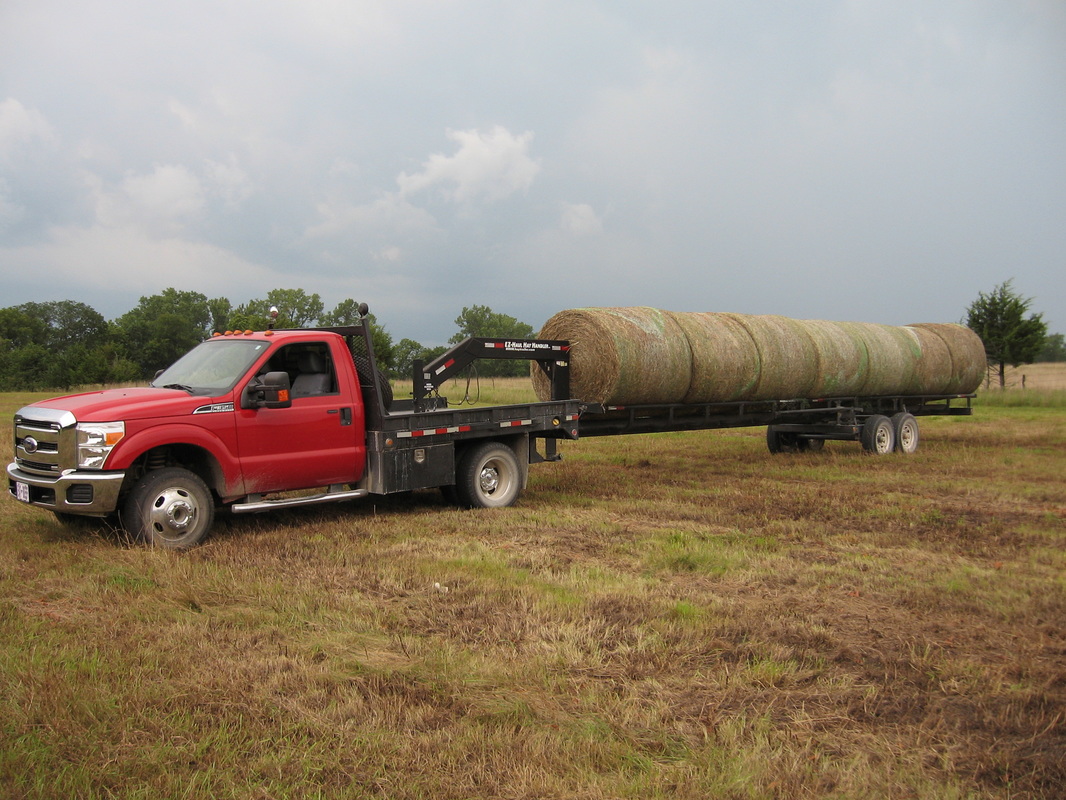
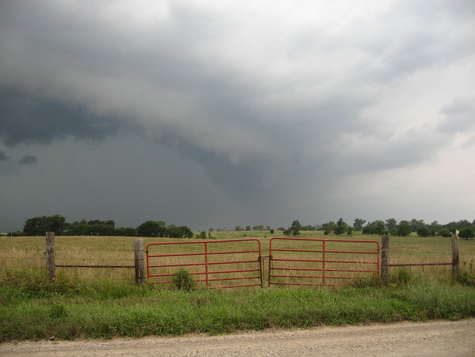
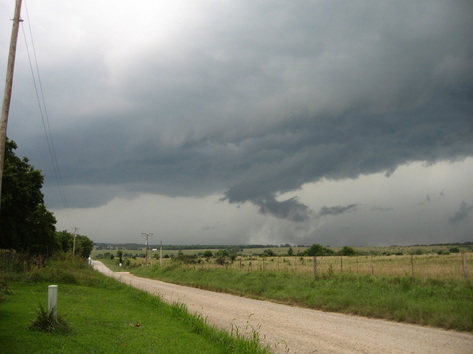
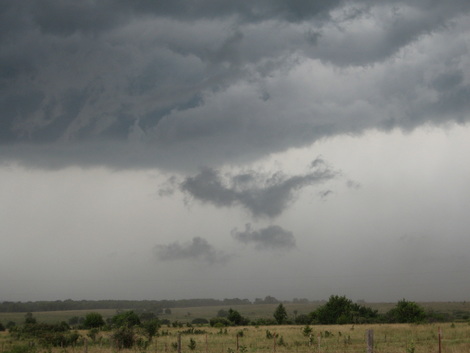
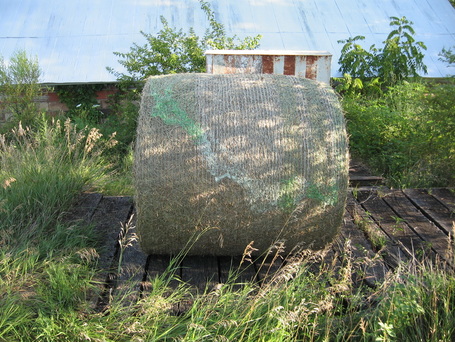
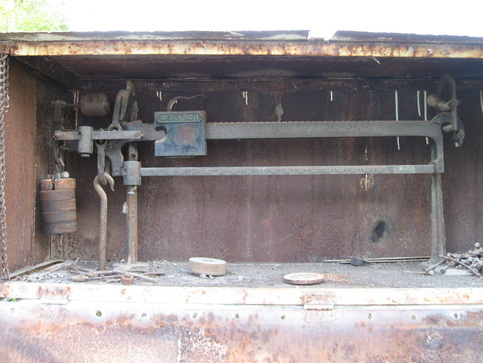
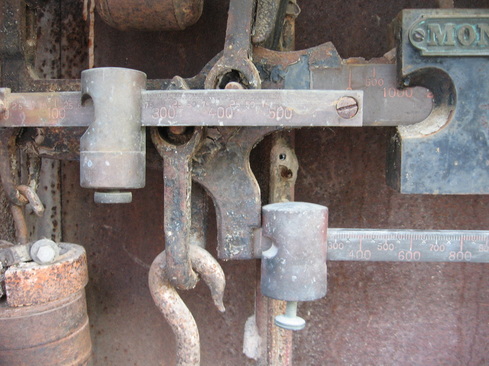
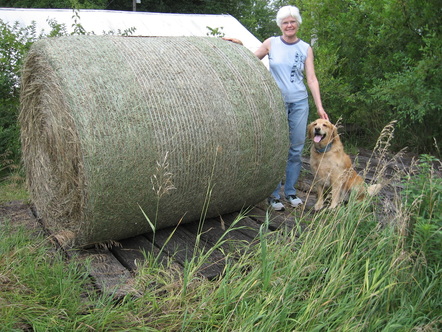
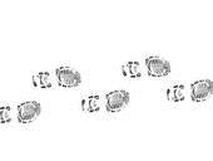

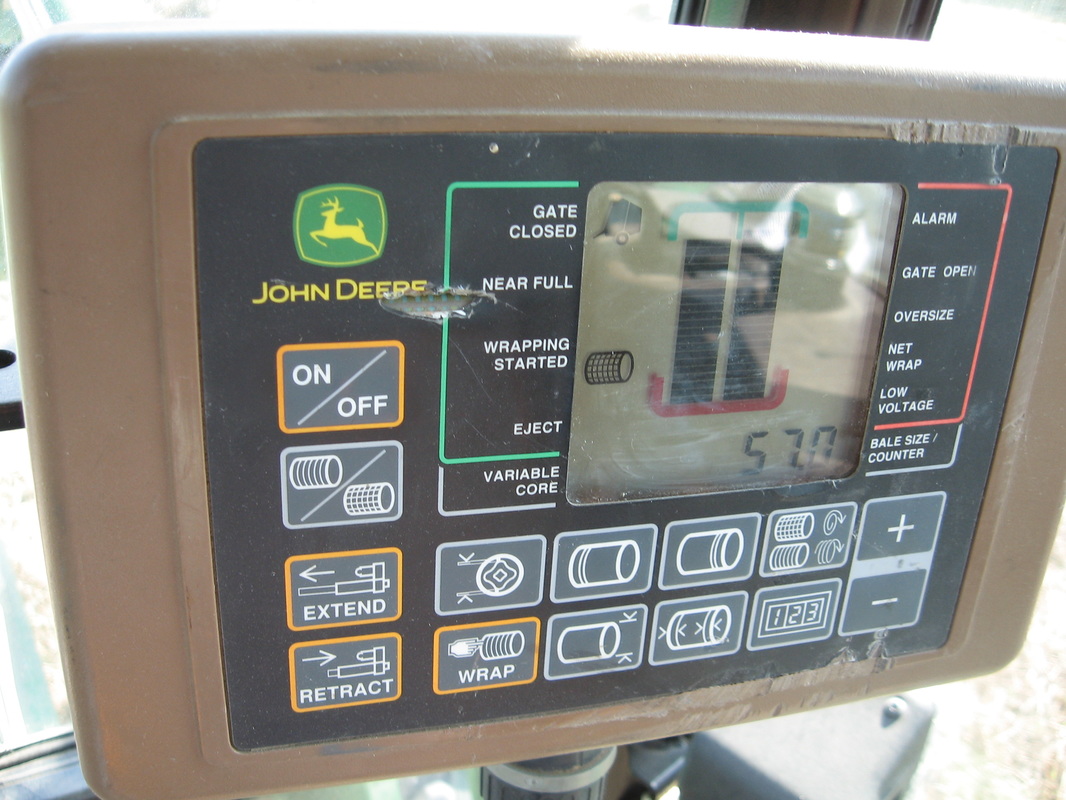
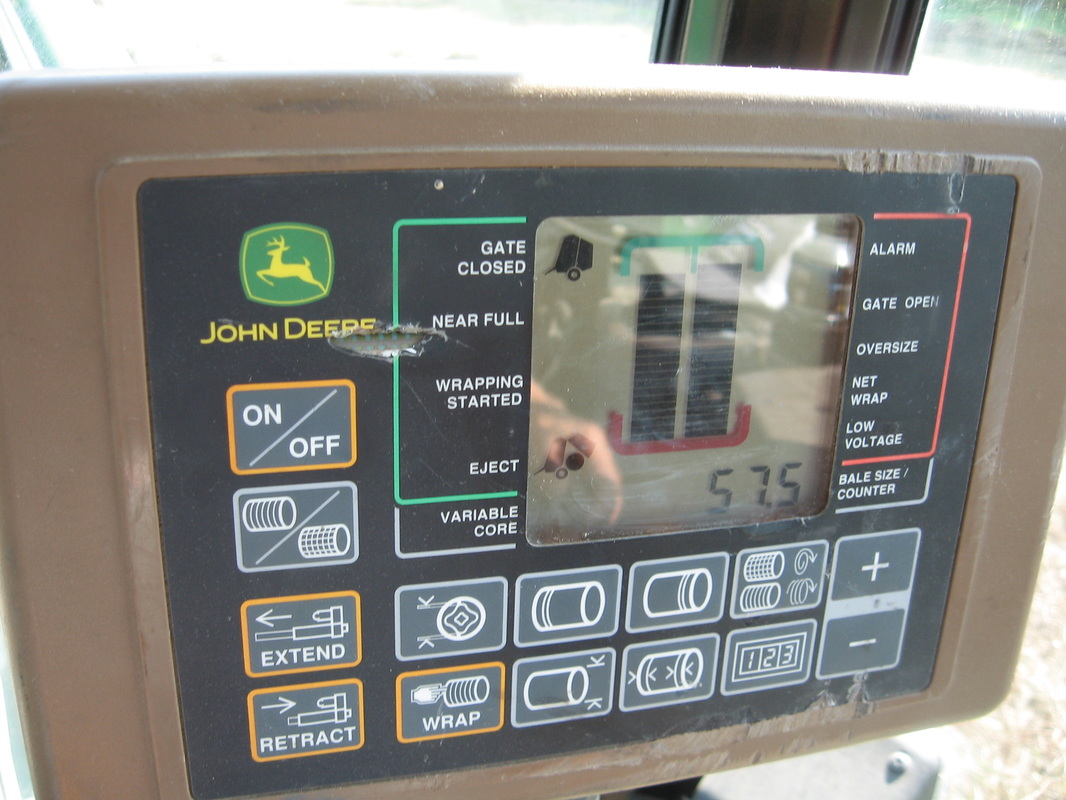
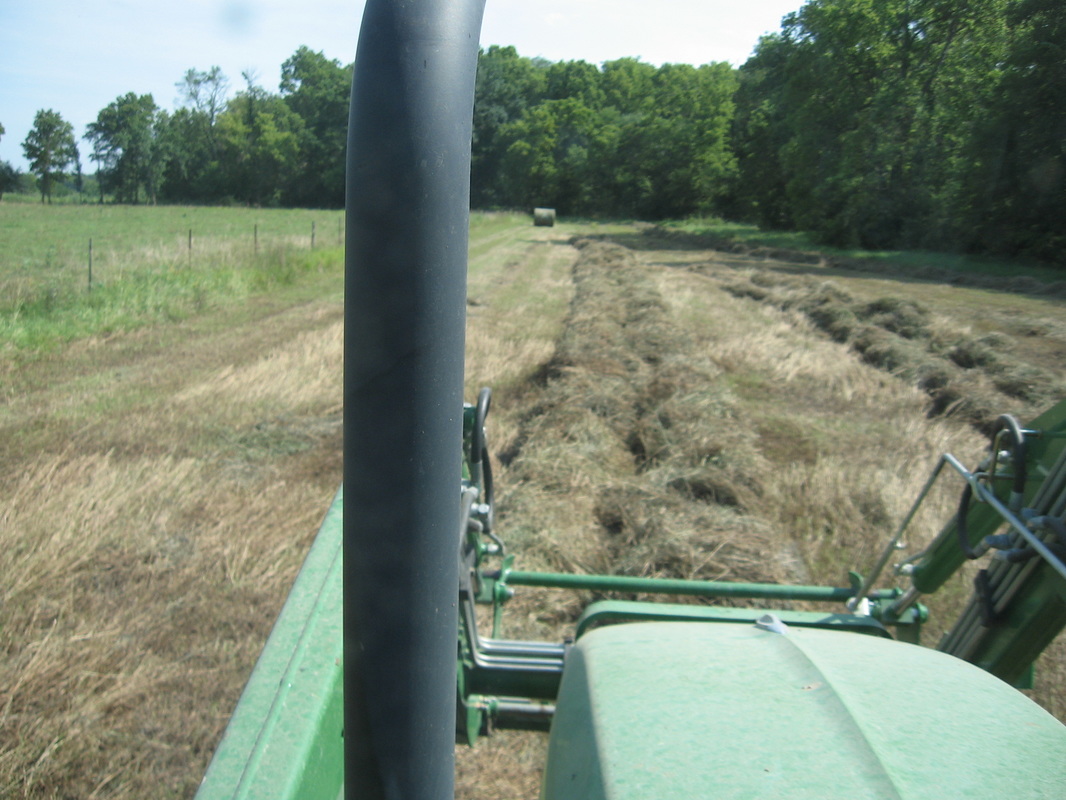
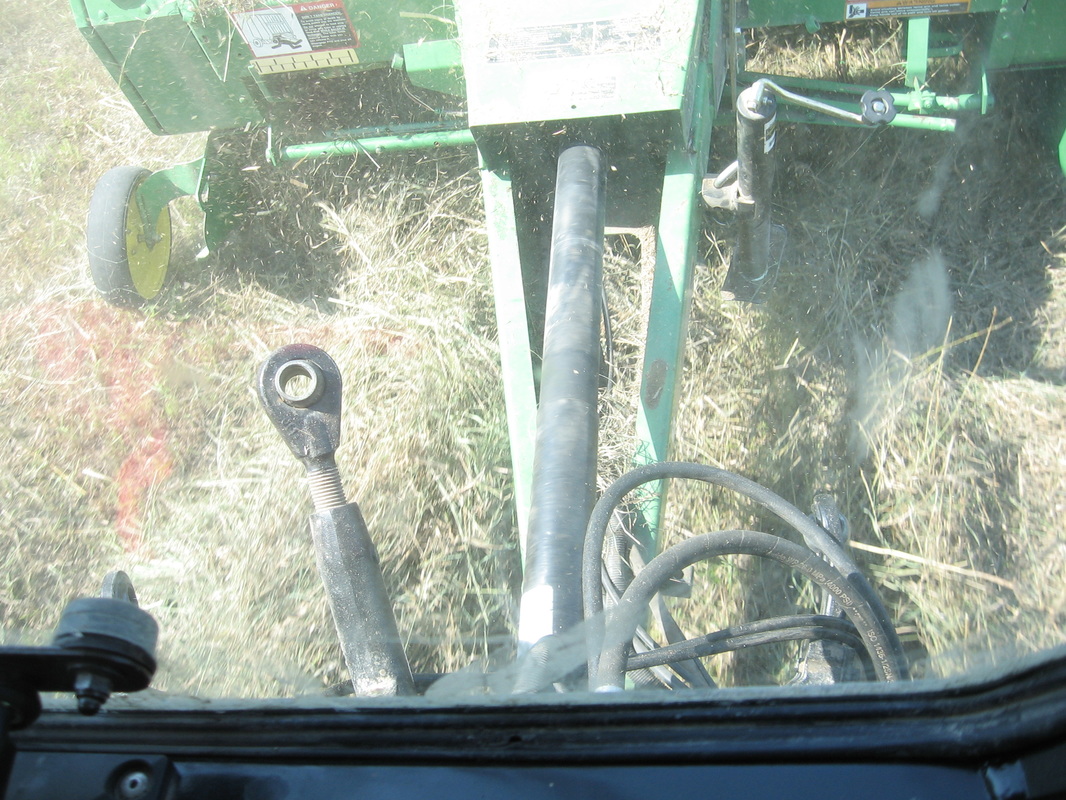
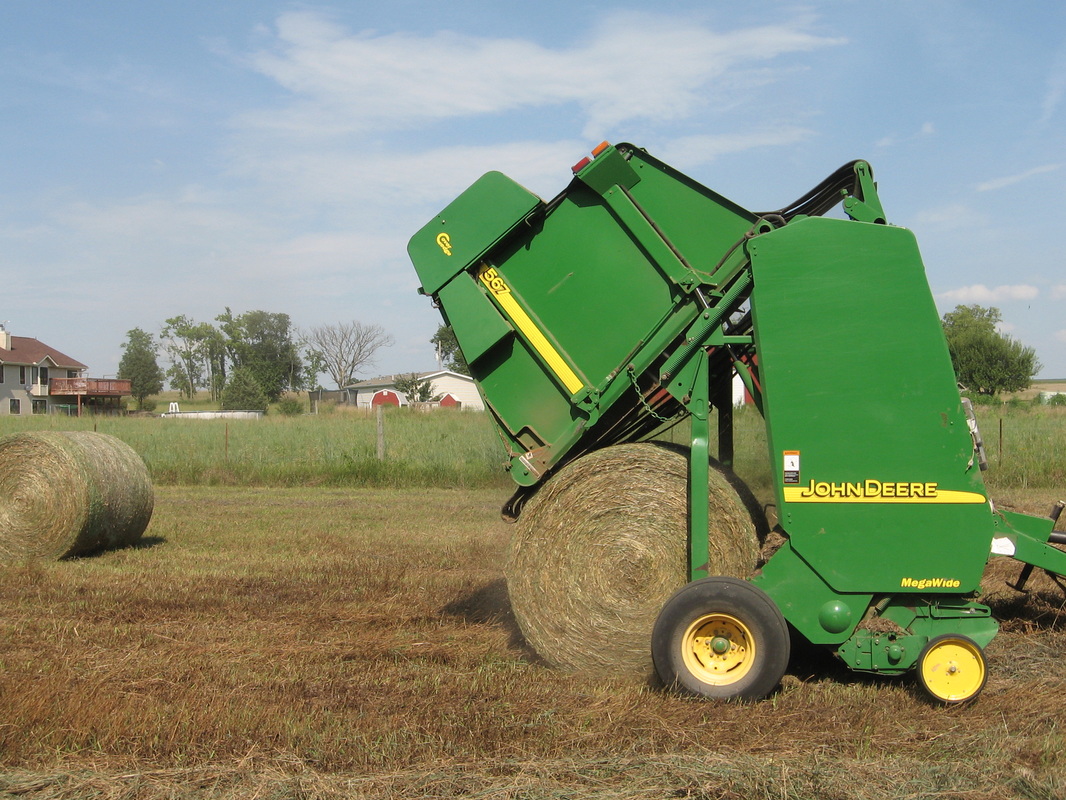
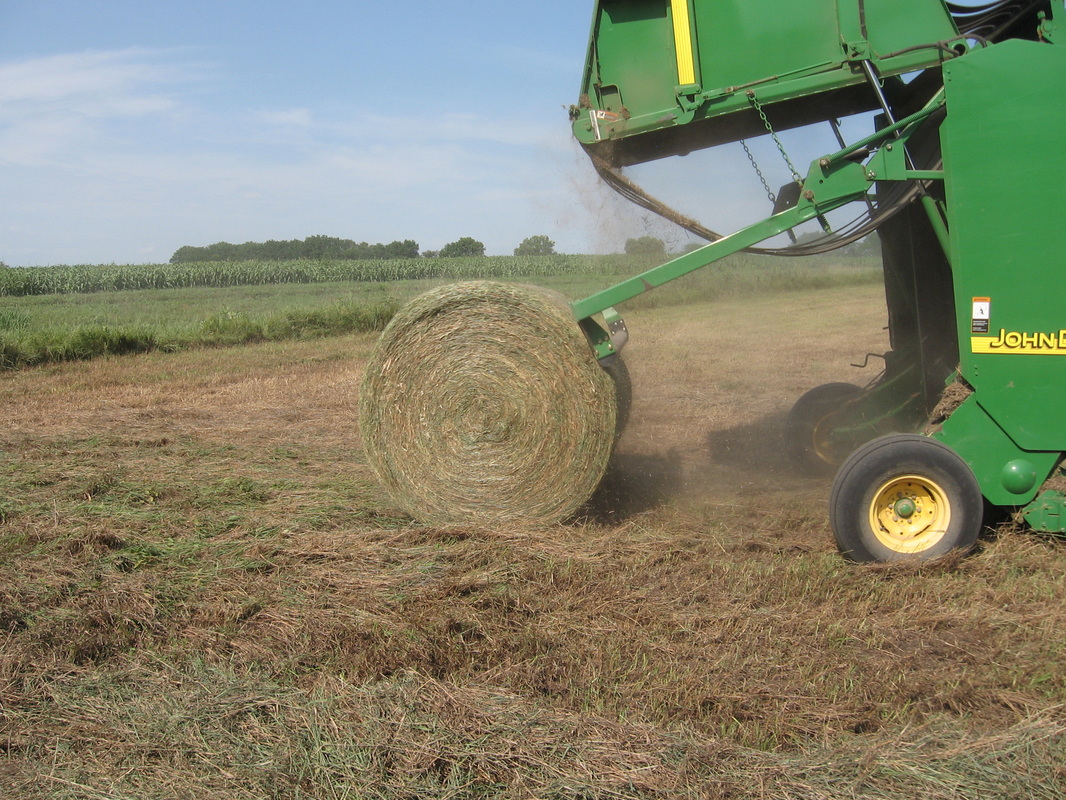
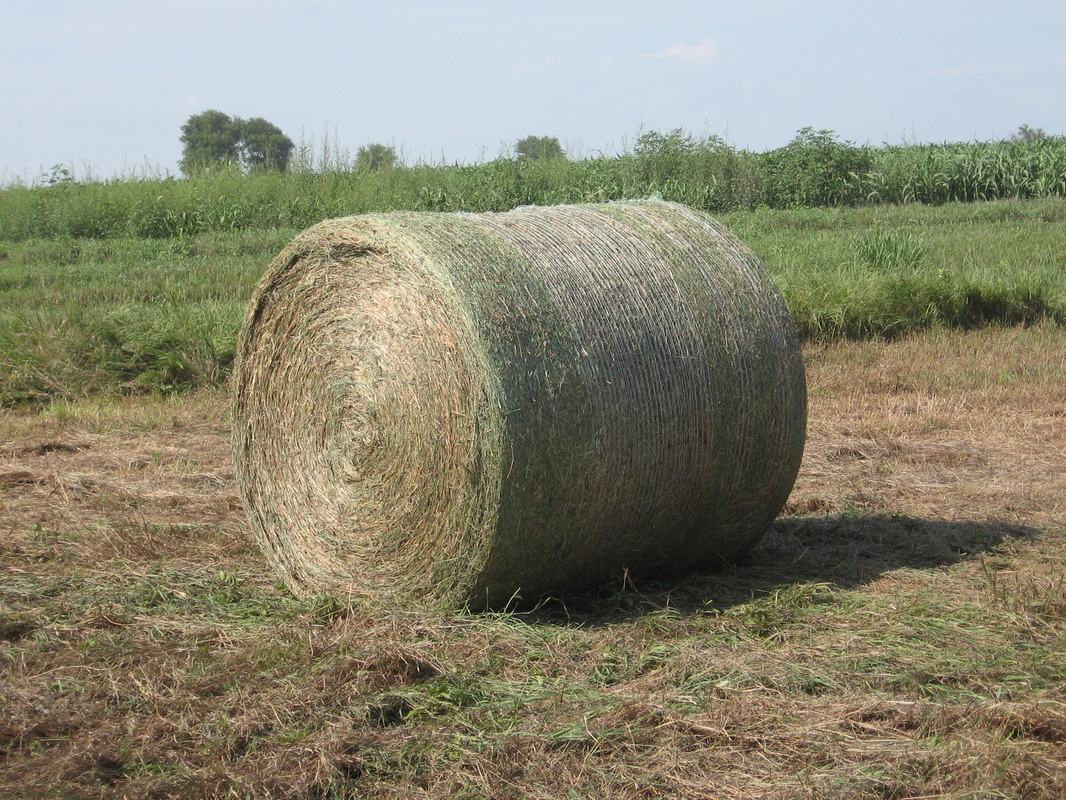
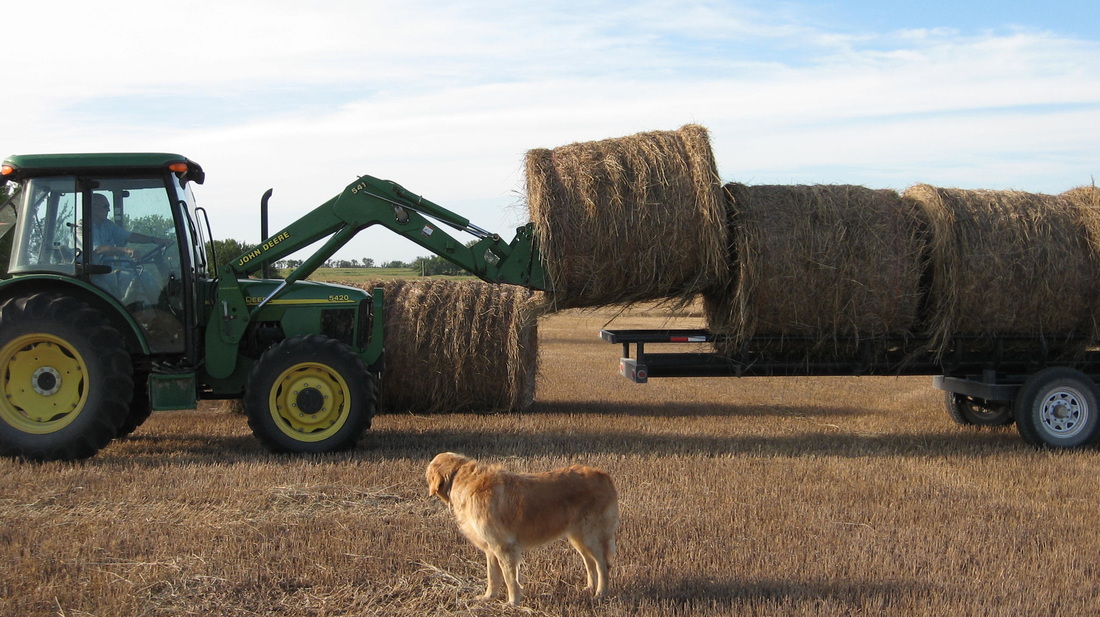
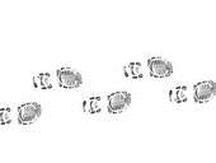
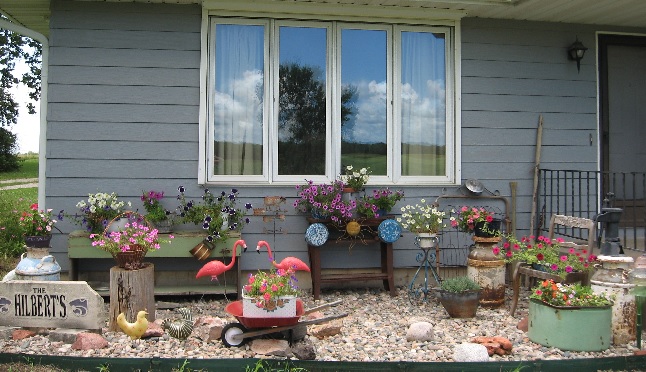
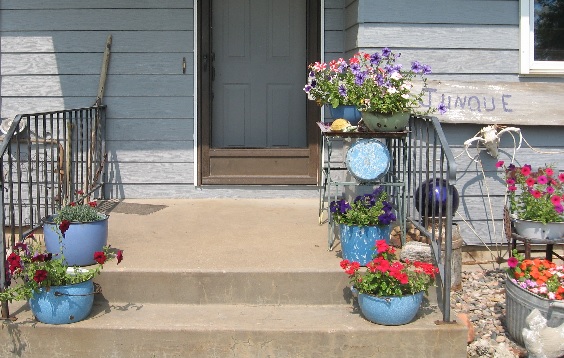
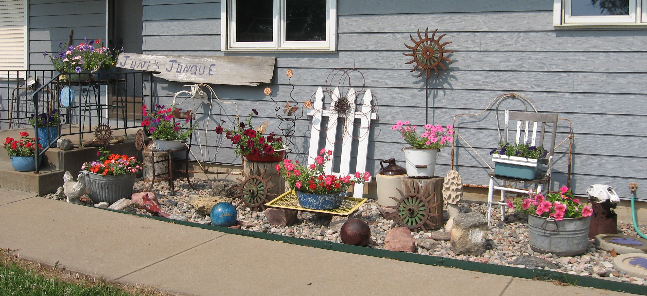
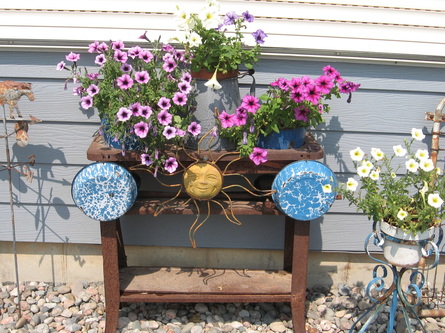
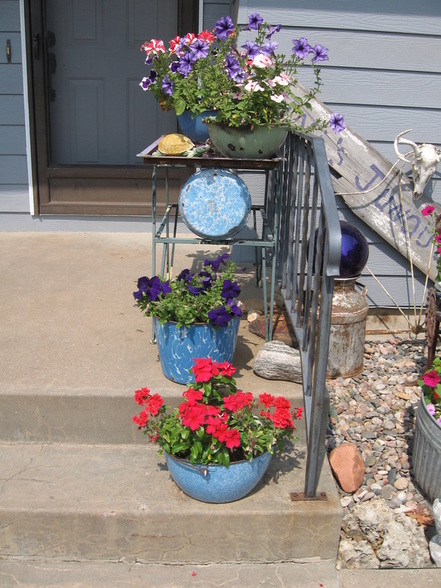
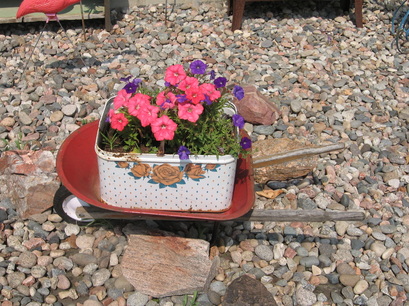
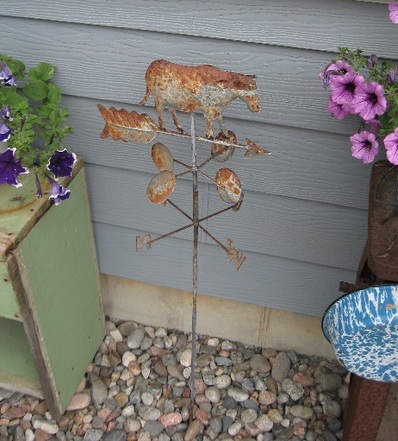
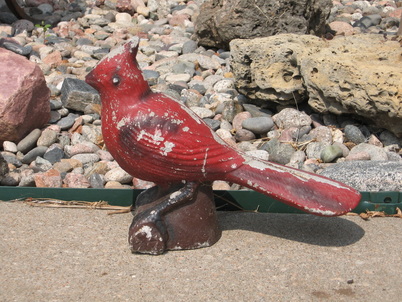
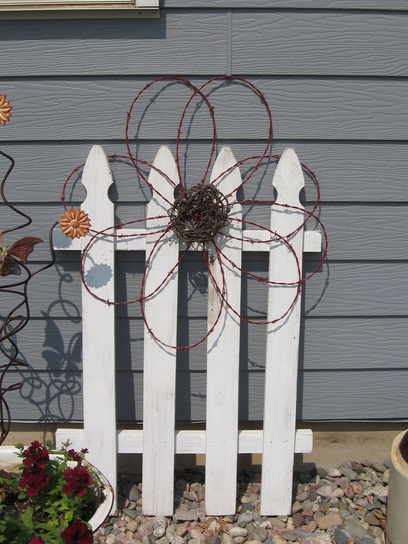
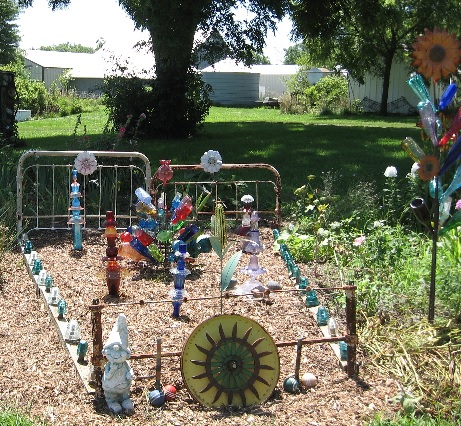
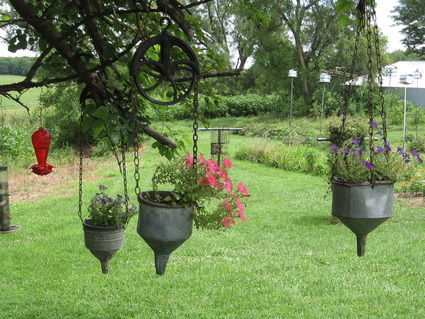
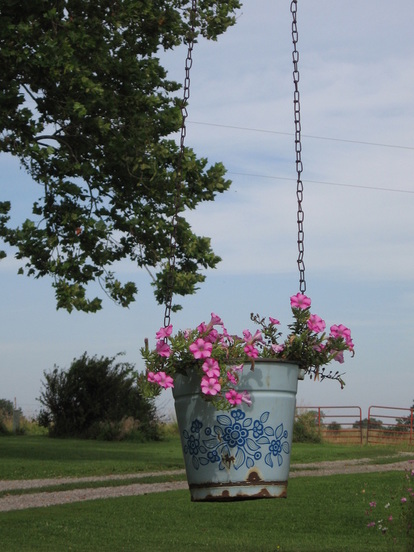
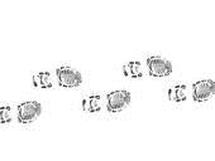
 RSS Feed
RSS Feed